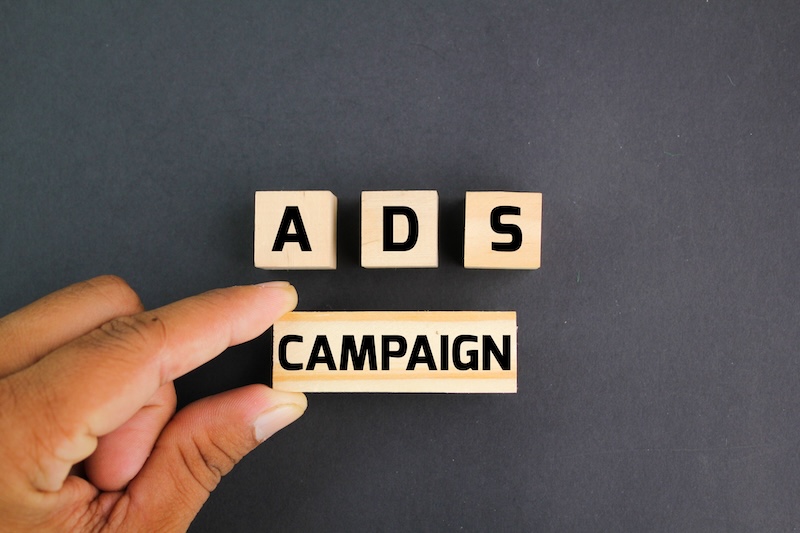Mastering Audience Targeting with Google Ads: A Strategic Guide

Mastering Audience Targeting with Google Ads: A Strategic Guide
In the ever-evolving world of digital marketing, mastering the art of audience targeting is crucial to the success of your Google Ads campaigns. With a well-defined audience, you can ensure that your ads reach the right people at the right time, thus maximizing your return on investment (ROI). This guide will provide you with an in-depth understanding of how to effectively target your audience using Google Ads, along with practical examples, actionable insights, and the latest industry standards.
Understanding the Importance of Audience Targeting
Before diving into the mechanics of Google Ads, it's essential to comprehend why targeting the right audience is paramount. Effective audience targeting allows businesses to:
- Enhance Engagement: By reaching people who are genuinely interested in your products or services, you increase the likelihood of interaction and conversion.
- Optimize Budget: Focus your advertising spend on users who are more likely to convert, ensuring that your budget is used efficiently.
- Improve ROI: By narrowing down your audience, you can achieve higher conversion rates and ultimately better ROI.
Google Ads Audience Targeting Options
Google Ads offers a variety of targeting options to help you reach your ideal audience. Here are some of the most effective methods:
1. Demographic Targeting
Demographic targeting allows you to reach users based on age, gender, parental status, and household income. This can be particularly useful for businesses whose products or services cater to specific demographic groups.
Example
If you run a luxury fashion brand targeting high-income individuals, you can set up your Google Ads campaign to exclusively target users within the top 10% of household income.
{
"demographics": {
"income": "top_10_percent"
}
}
2. Location Targeting
Location targeting enables you to display your ads to users in specific geographic locations. This is ideal for businesses that operate in certain areas or offer region-specific services.
Example
A local coffee shop can use radius targeting to reach potential customers within a 5-mile radius of their store.
{
"location": {
"radius": "5_miles",
"address": "123 Coffee St, Seattle, WA"
}
}
3. Interest and Behavioral Targeting
Google Ads allows you to target users based on their online behavior and interests. This is achieved through affinity audiences and in-market audiences.
Example
If you sell hiking gear, you can target users who have shown an interest in outdoor activities or are actively researching hiking equipment.
{
"affinity_audiences": ["outdoor_enthusiasts"],
"in_market_audiences": ["hiking_gear"]
}
4. Custom Audiences
Custom audiences offer the flexibility to create audiences tailored to your specific needs by combining various targeting parameters.
Example
A fitness app can target users who have searched for "weight loss apps" and are located in urban areas with a high concentration of gyms.
{
"custom_audience": {
"search_terms": ["weight loss apps"],
"location": "urban_areas"
}
}
Practical Tips for Effective Audience Targeting
To make the most of Google Ads targeting capabilities, consider these practical tips:
Leverage Google Analytics
Integrate Google Analytics with your Google Ads account to gain deeper insights into your audience's behavior. Use this data to refine your targeting strategy and create more personalized ad experiences.
Use A/B Testing
Conduct A/B tests to determine which targeting options yield the best results. Experiment with different audience segments, ad creatives, and bidding strategies to optimize your campaigns.
Monitor and Adjust
Regularly review your campaign performance and adjust your targeting settings as needed. The digital landscape is dynamic, and what works today might not be as effective tomorrow.
Utilize Remarketing
Remarketing allows you to re-engage users who have previously interacted with your website or ads. This powerful strategy can help you recapture potential customers and drive conversions.
Conclusion and Next Steps
Targeting the right audience with Google Ads is a critical component of any successful digital marketing strategy. By leveraging Google's robust targeting options, businesses can enhance engagement, optimize their budget, and improve ROI. Start by defining your target audience, then experiment with various targeting methods to find what works best for your brand.
As you move forward, consider these next steps:
- Analyze Your Current Audience: Use tools like Google Analytics to gain insights into your existing customer base.
- Set Clear Goals: Define what you want to achieve with your Google Ads campaigns, whether it's brand awareness, lead generation, or sales.
- Continuously Optimize: Regularly review your campaign performance and make data-driven adjustments to your targeting strategy.
By following these guidelines, you'll be well on your way to mastering audience targeting with Google Ads and achieving your marketing objectives.